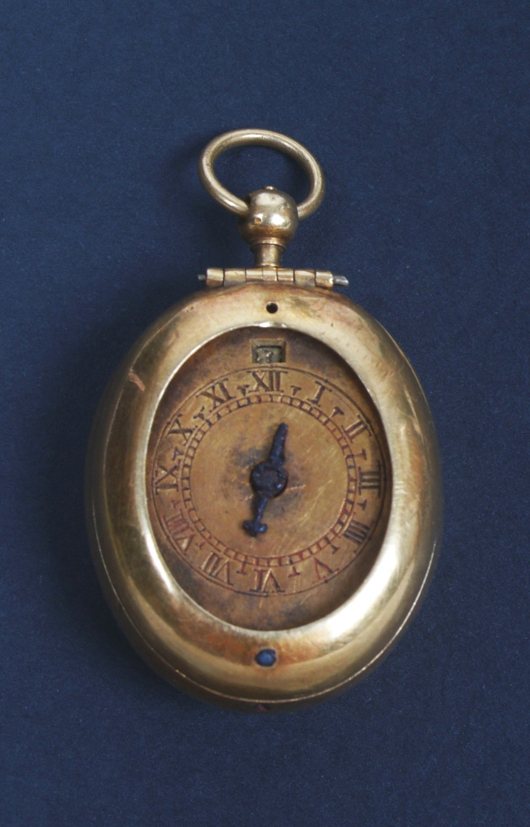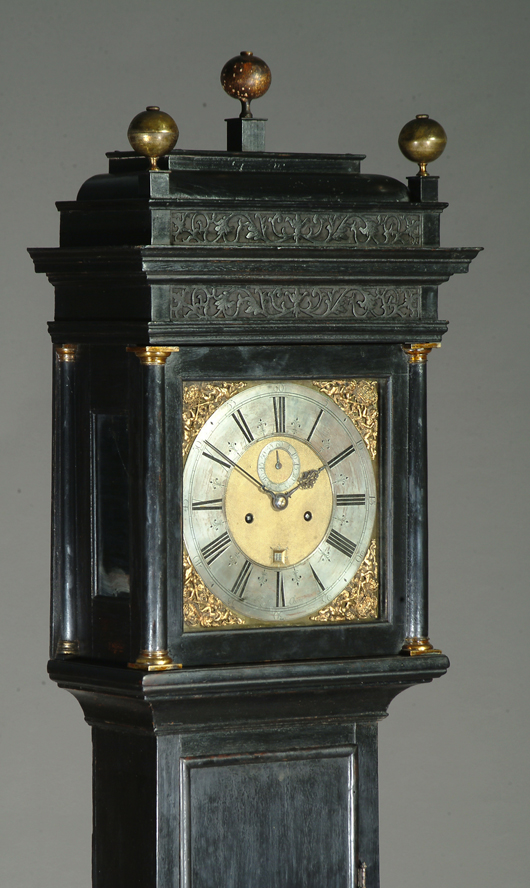
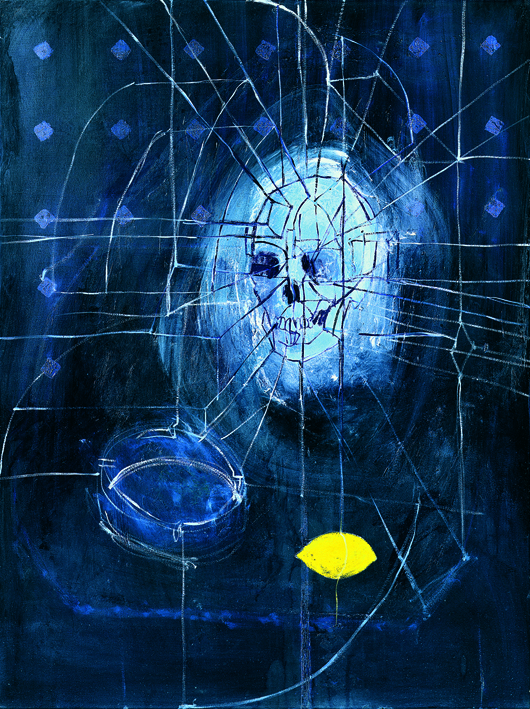
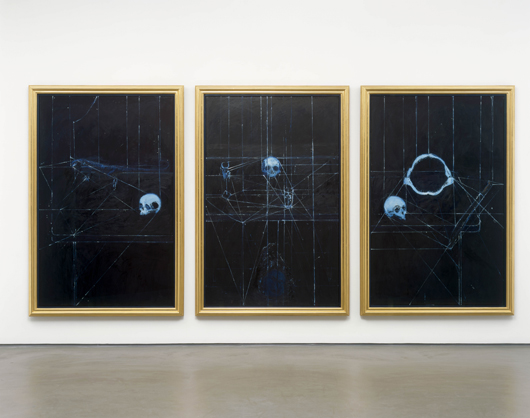
Few living artists have exhibited at the Wallace Collection. Often described as London’s equivalent to the Frick in New York, the Wallace is a “closed” collection, no part of which can be lent out and which cannot be added to. “I’ve chosen to show my new paintings here because I love the fact that it is a family collection,” said Hirst. “It’s like a world away from the world. My new works somehow feel like they belong here with other works and objects from other times.”
In their similarities to the paintings of the late Francis Bacon, who was an admirer of Hirst’s vitrine pieces, the new Hirst pictures may also represent a homage of sorts. This makes them more personal than the manufactured pieces for which Hirst is internationally renowned. A spokesman for the artist confirmed to London Eye that Hirst received no assistance in painting the pictures, and stressed that they were not for sale. No Love Lost will be at the Wallace Collection, London from Oct. 14 to Jan. 24.
One person who in the past might have looked somewhat askance at Hirst’s use of animals, albeit dead ones, is the former French film star Brigitte Bardot, for decades one of the most high-profile campaigners for animal welfare and animal rights.
This month Bardot can be seen in her original public guise as one of the most beautiful women in the world. James Hyman, a leading London-based dealer in Modern British art, is currently holding an exhibition at his Savile Row gallery of rare original photographs of the former French screen goddess.
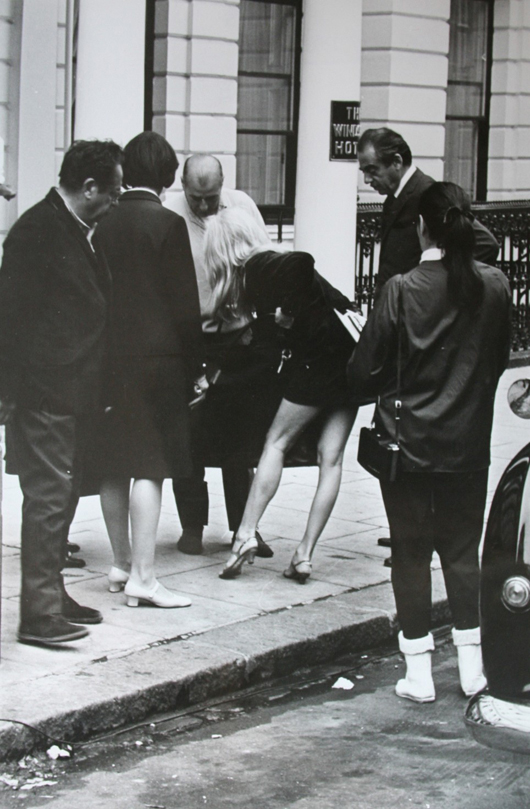
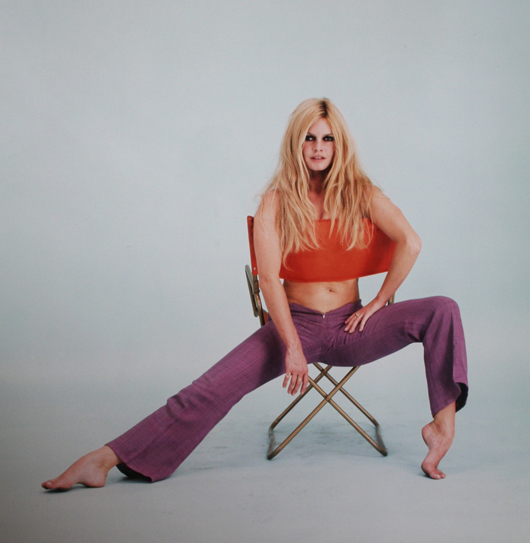
Hyman says the show is curated around a series of themes “which chart a range of photographic approaches to the subject from the complicit to the intrusive, the posed shot to the snatched moment, the public to the private, the studio to the street.” The exhibition is sure to have resonance for all those interested in contemporary celebrity culture since many of the images date from the moment when the concept of celebrity was solidifying into the bizarre phenomenon it is today.
The exhibition, which runs until the Oct. 3, is timed to coincide with London Fashion Week, Sept. 18-22, and with Bardot’s 75th birthday Sept. 28.
So preoccupied are we with sculpture and painting, we often overlook the extent to which many contemporary artists engage with craft-orientated materials and techniques. The Estorick Collection in Islington in north London has earned an international reputation for its prestigious collection of Italian Futurist works and also for its adventurous exhibition program, but later this month it ventures into craft.
Its new exhibition, entitled Terra Incognita: Italy’s Ceramic Revival, features work drawn from the Bernd and Eva Hockemeyer Collection of 20th-century Italian ceramics. The show comprises 50 key works dating from the late 1920s to the mid-1980s by a host of well-known artists, ceramicists and sculptors such as Marino Marini, Lucio Fontana, Robert Crippa and Carlo Zauli.
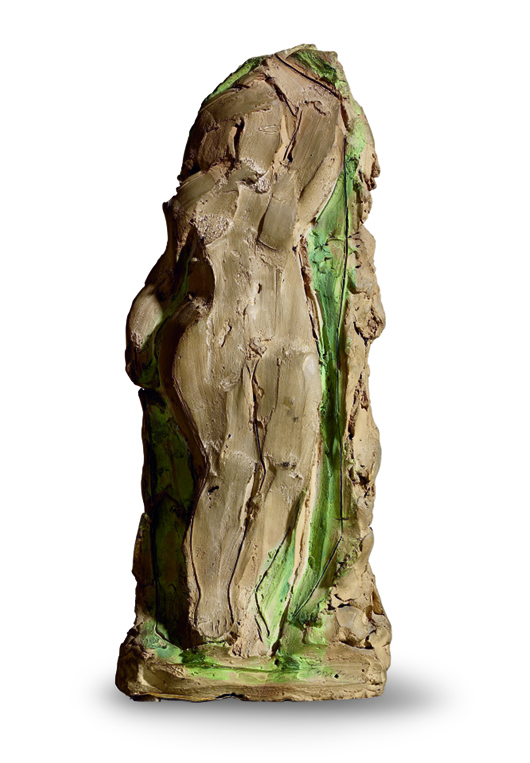
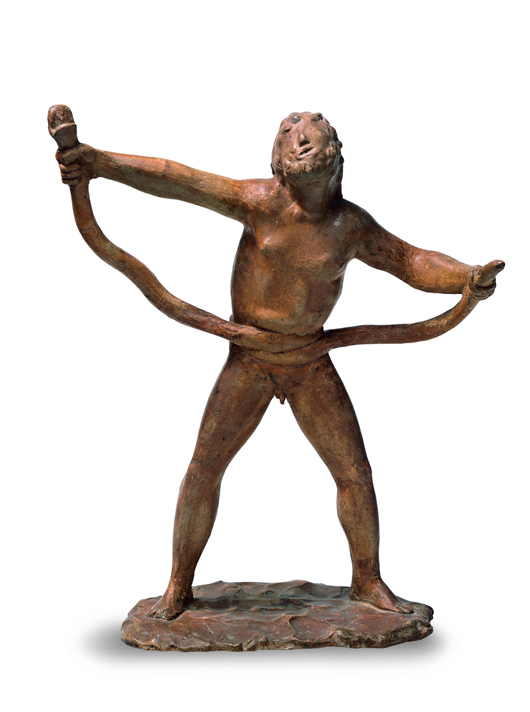
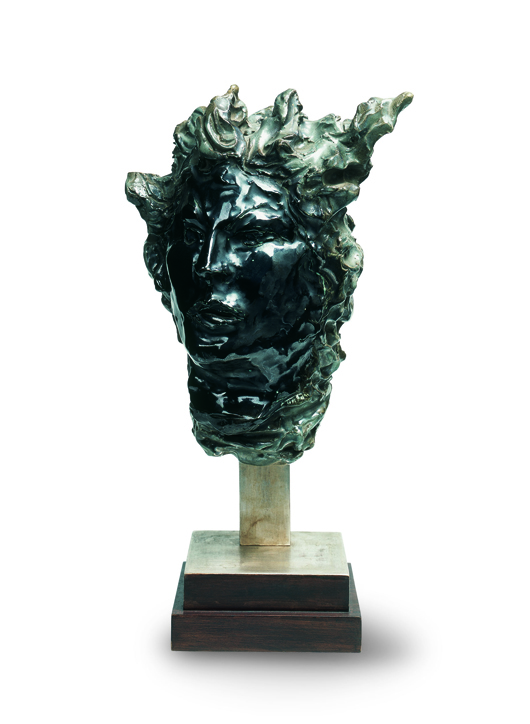
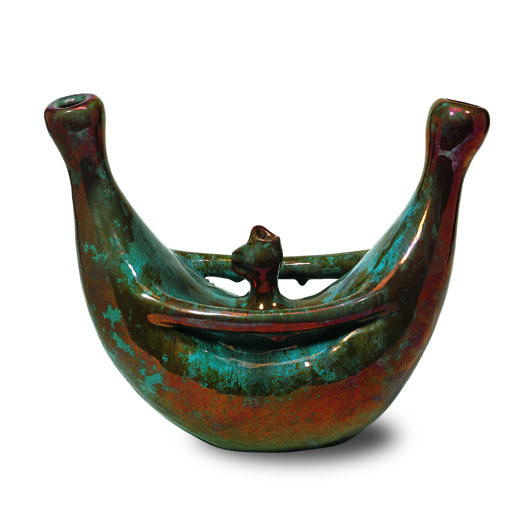
Further evidence of the impact of the recession on London’s contemporary gallery scene comes from the prospective list of exhibitors at this year’s Zoo fair, which coincides with Frieze. In the past a labyrinthine warren of innumerable competing commercial galleries, this year the fair is vastly pruned down and looks more like a cerebrally curated museum show than a commercial jamboree for collectors. London Eye will be reporting on these events in more depth next month.
But some London contemporary galleries are still thriving beyond the perimeter fence of the sprawling art fairs. This week the energetic young London dealer Josh Lilley opened an exhibition of paintings by Irish-born, London-based abstract painter Sarah Dwyer entitled Hands Stuffing a Mattress. The show’s curious title comes from Franz Kline’s famous comment to Philip Guston: “You know, painting is like hands stuffing a mattress.”
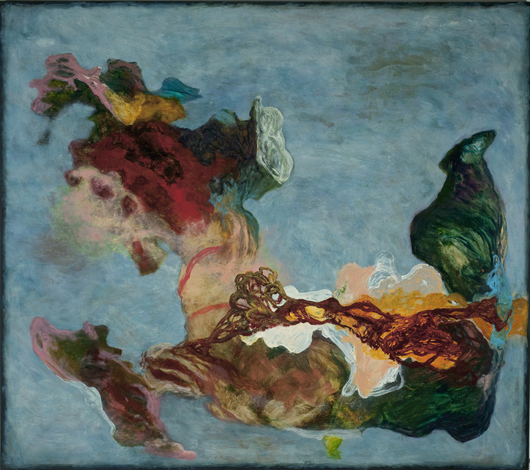
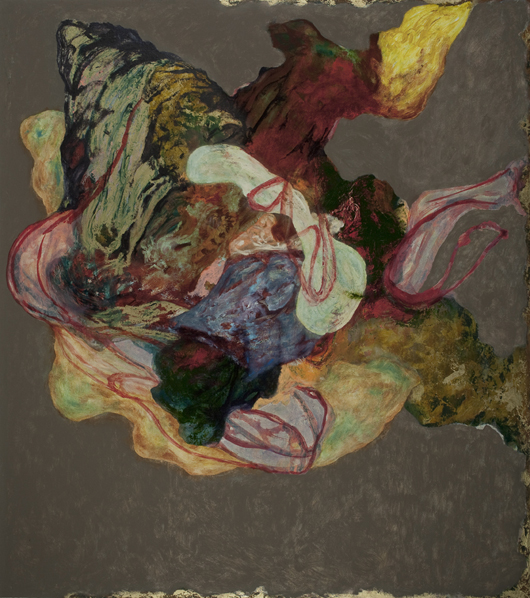
Finally, a brief mention of a handful of notable prices from a recent auction held by Dreweatts in Newbury on Sept. 9. Dreweatts have just announced a commercial alliance with London-based specialist book auctioneers Bloomsbury Auctions. This gives some much-needed momentum to the Dreweatt Fine Art Auction Group’s seemingly inexorable regional expansion, the commercial logic of which has never been entirely clear.
Quite what the implications of the “alliance” will be in the longer term remains to be seen, but in future Dreweatts will enjoy a foothold through Bloomsbury’s London location, while Bloomsbury’s general book sales will now take place at Dreweatts’ Godalming saleroom.
Meanwhile, prices at Dreweatts recent furniture and clock sales reinforced the truism that the rarest and most unusual things can still be relied upon to confound the gloomiest of recessionary predictions.
The most dramatic example was an oval glass coffee table mounted with a stuffed caiman crocodile. This bizarre colonialist trophy, which dates from the early part of the 20th century, having been part of the furnishings of a Paris apartment in the 1920s, changed hands for $6,900.
Rarity was also a key factor driving the bidding for a 17th-century Dutch gold oval Puritan watch with single fusee verge movement and calendar by Jan Jansse Boekels the Younger, The Hague, circa 1635. It was a somewhat primitive looking affair, but no less important for it, hence the $31,300 winning bid.
